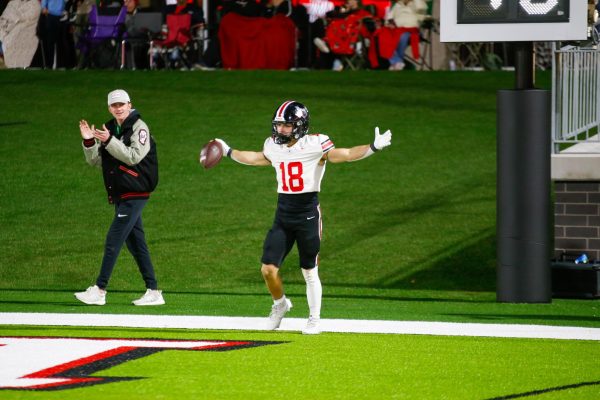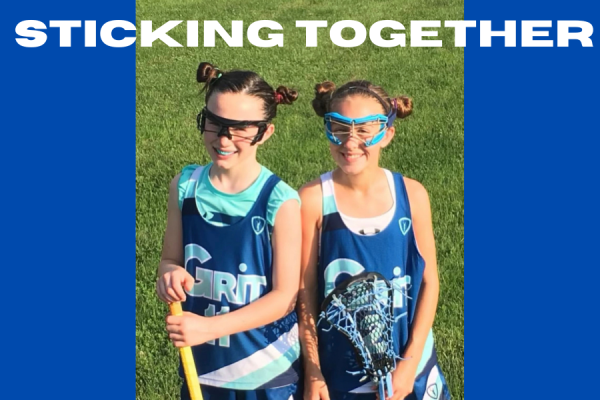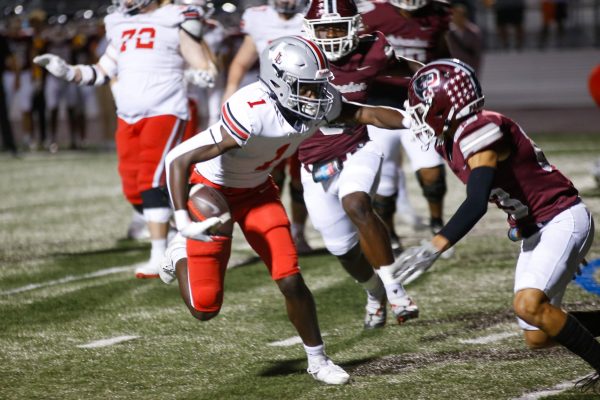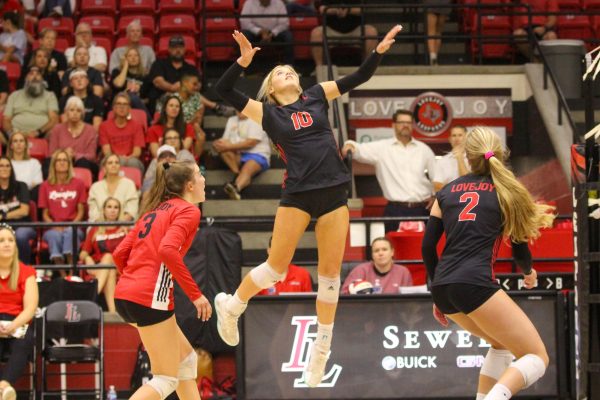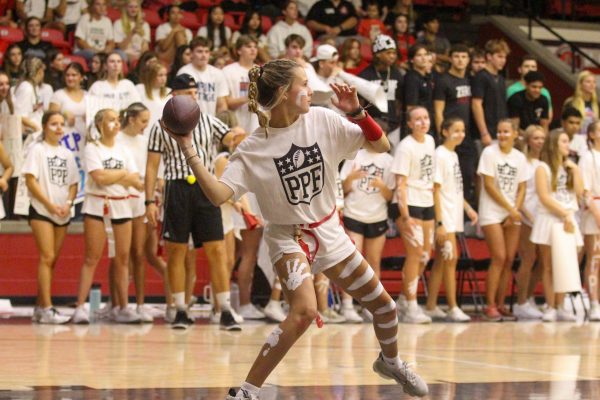Ice may not be the answer
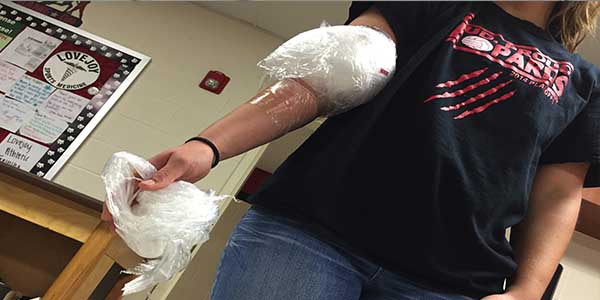
Athletes such as softball player Samantha O’Brien icing an injury is a common sight in the school’s training room, but recent research suggests ice may not be the best course of treatment for all injuries.
March 24, 2015
One of the common remedies of sports injuries has been to apply ice. However, that is being challenged with research emerging, showing ice may not be the answer. Along with extended icing comes “permeable lymphatic vessels” which results in large amounts of fluid “flowing the wrong direction.” Despite this information which could be startling to some, the head athletic trainer stays confident in her methods.
“I do recommend ice for some injuries,” head athletic trainer Susan Smiley said. “I recommend ice at some phases of injuries and for a limited amount of time.”
While research shows that icing could worsen injuries long term, trainer Smiley’s typical methods contrast the circumstances in the article.
“In the article, it talks about ice being applied for a prolonged period, while I do not advocate ice for longer than twenty minutes.” Smiley said. “The research shows that lymphatic flow changes around 18 C or 64 F. We normally do not get the injury that cold.”
Smiley also has other methods to help athletes through injuries.
“We work with athletes on managing pain, improving range of motion, flexibility, strength, and returning the body to sport specific function,” Smiley said. “For therapy, we utilize ultrasound, massaging, ice, and heat. Also, as part of conditioning we increase endurance of the injured body and their cardiovascular system.”
One athlete who has received ice treatment several times was surprised to know of the new research and embraces applying ice to injuries.
“I wouldn’t have thought that applying ice long term could have a negative effect,” basketball player Abhinav Devalla said. “Using ice has helped me through back and ankle injuries previously, and if I injure again in the future I’ll continue with the methods the trainers recommend.”
Smiley plans to stick to her usual strategies, but also hopes to improve through research and new treatment.
“After almost twenty years as an athletic trainer, I know the science behind what we do changes and continued research and learning will change how we treat athletes,” Smiley said. “At this point I will continue to use ice, especially to reduce the pain and discomfort of swelling. With minor ankle sprains that are stable and we are trying to get the athlete back quickly, ice with compression and movement works really well.”








